Red Goat Moth (Cossus cossus) Caterpillar Searching for Pupation Site
Recorded on May 4th 2015 at the Atatürk Arboretum of Istanbul University, Bahçeköy, Türkiye. The individual in the recording most probably belongs to Cossus cossus gueruenensis reported from Asia Minor. The caterpillar has reached its final growth stage as a caterpillar and is frantically searching for a place to burrow itself in the forest floor to become a pupa. Pupation is the final stage of a caterpillar before metamorphosing into adult butterfly form. The developmental transformation in these insects has […]

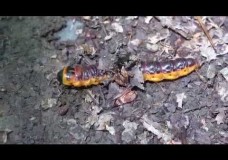
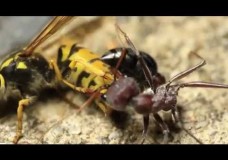
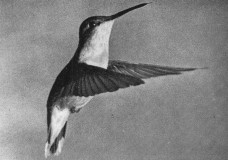

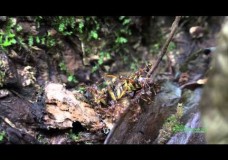
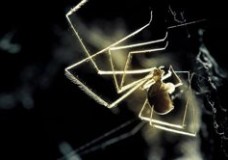
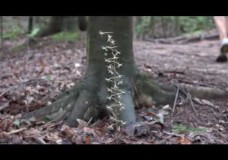

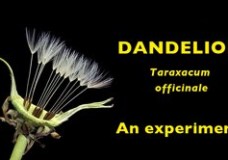

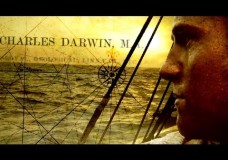
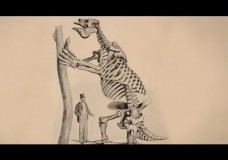
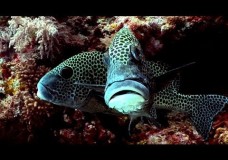

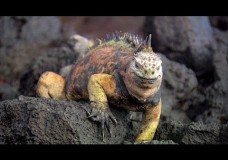

Recent Comments